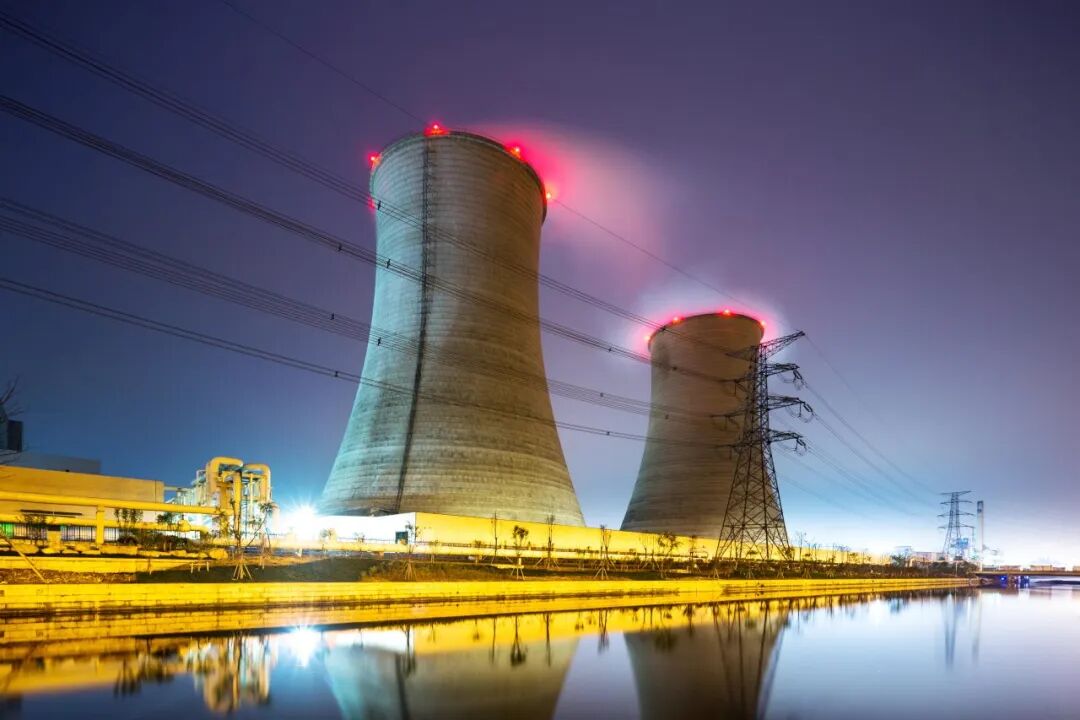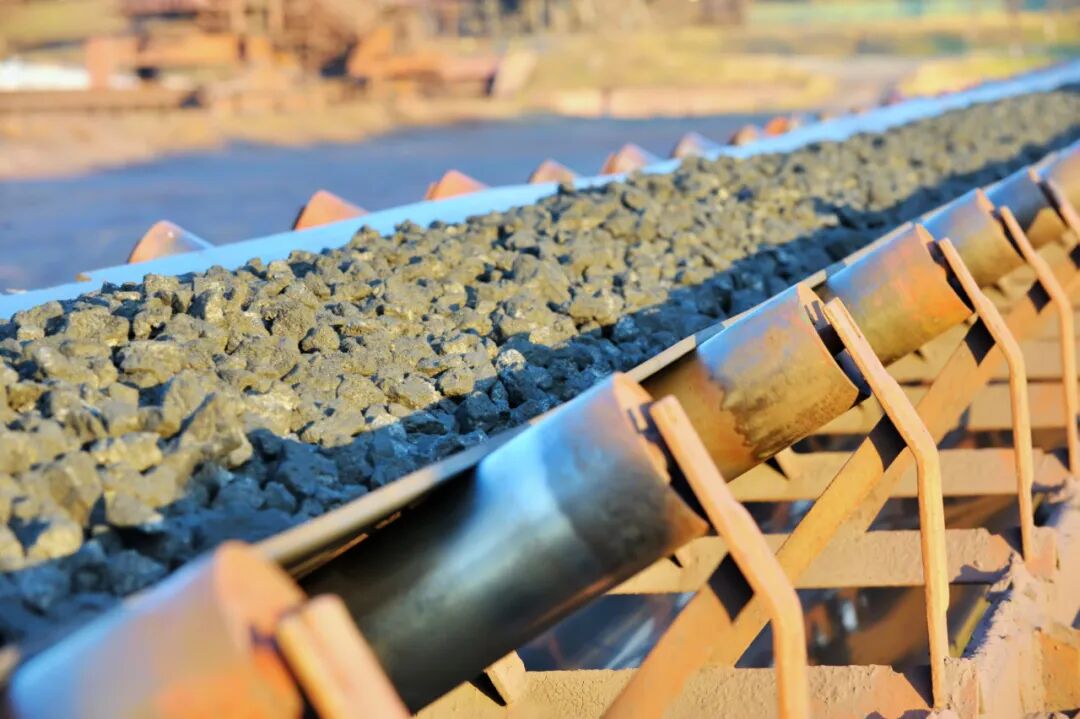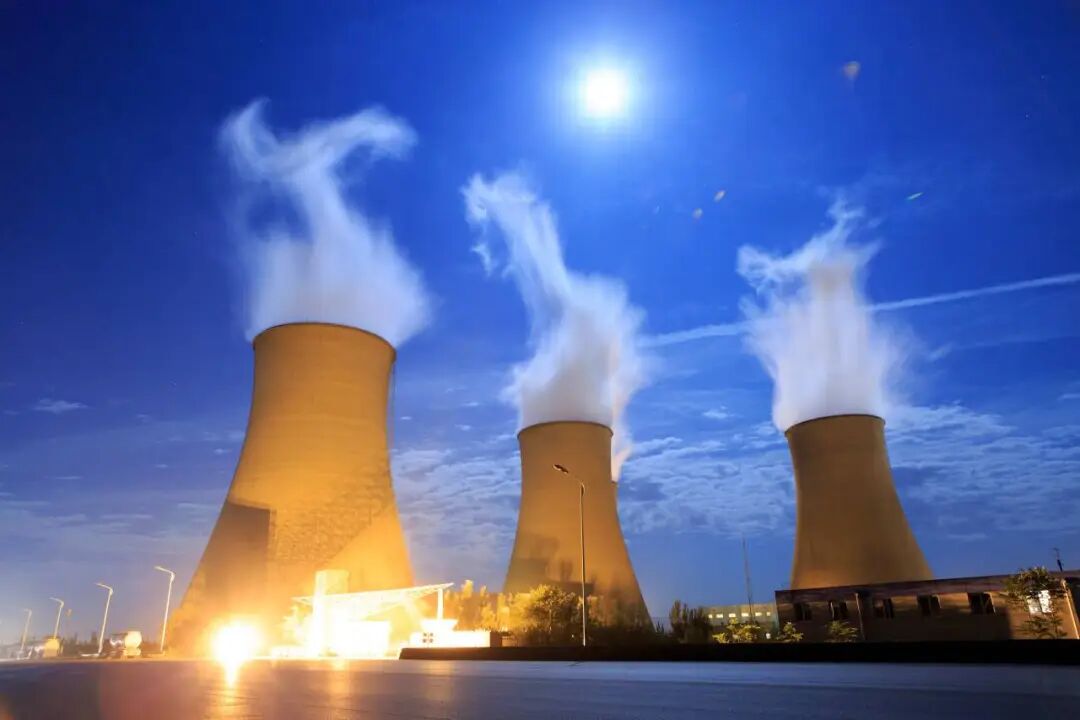BETTER TOUCH BETTER BUSINESS
Contact Sales at KAIDI.
With the rapid advancement of technology, smart and intelligent solutions have become key drivers for transformation and upgrading across all industries. In the power sector, the concept of smart power plants has emerged, representing not only technological innovation but also a profound vision for future energy management. By integrating advanced information technology, automation, artificial intelligence, and other technologies, smart power plants achieve efficient energy utilization and environmentally friendly emissions, marking the future direction of power plant development.

In response to the wave of intelligent transformation sweeping the power industry, a series of innovative solutions have been introduced to support the construction and development of smart power plants. These solutions not only encompass traditional level measurement technologies but also integrate cutting-edge technologies such as advanced 3D imaging, high-frequency radar, and AI algorithms, bringing innovation and transformation to the level measurement and control models of smart power plants.
Typical Cases
I. Fuel Supply Process
Case Background: In thermal power plants, fuel supply is a critical factor in ensuring stable plant operation. After coal is transported to the plant site, it is first stored in the coal yard. Here, the coal is processed by crushers to achieve the appropriate size before being conveyed to the coal silo. Within the silo, the coal is ground into pulverized coal, stored in the pulverized coal silo, and ultimately delivered to the boiler via the pulverizer for combustion. This process ensures the continuity and stability of the power generation cycle.
Application Scenario: Coal Stockpile Yard
Challenges in Measurement: Coal piles typically exhibit irregular shapes and may become unevenly distributed due to factors like wind and rain, making it difficult to accurately measure their height and volume. The quantity and configuration of coal in stockyards can change frequently, requiring measurement systems to have real-time updating capabilities.
Recommended Product: 3D Laser Disc Gauge
Application Scenarios: Coal bunkers, pulverized coal bunkers
Measurement Challenges: Coal accumulation within coal bunkers is uneven, and its form is easily influenced by various factors such as angle of repose and bulk density, making traditional measurement methods prone to inaccuracies. Additionally, the presence of significant dust within pulverized coal bunkers can interfere with measurement results.
Recommended Product: 3DPro2300 Radar Scanning Robot
Application Scenario: Crusher
Measurement Challenges: Crushers handle large volumes of material, with rapidly changing material levels and flow patterns causing measurement instability. The crushing process generates significant dust, interfering with the accuracy of optical sensors or mechanical measurement devices. High humidity environments may lead to condensation, sensor signal attenuation, and other measurement errors.
Recommended Product: 3DPro2300 Radar Scanning Robot/Radar Level Gauge

II. Fuel Delivery Process
Case Background: At thermal power plants, coal transported by rail to the plant site is unloaded by a car dumper into the coal stockyard, then conveyed via belt conveyors to the coal silos. Consequently, monitoring the belt conveyors is of critical importance, as it not only ensures the continuity of coal supply but also guarantees the efficient operation of the entire fuel delivery system.
Application Scenario: Conveyor Belt Monitoring
Measurement Challenges: Vibration, noise, and temperature fluctuations during conveyor belt operation can compromise sensor measurement accuracy and stability. Real-time processing and analysis of large data volumes are critical for providing early warnings and decision support, which increases the complexity of system design and implementation.
Recommended Products: 2D Belt Laser Flow Meter / Automatic Belt Alignment System / Belt Inspection Robot

III. Steam System Monitoring Process
Case Background: The steam system monitoring process is primarily responsible for real-time monitoring of steam generated by boilers to ensure steam quality and flow rate meet operational requirements. Through the monitoring system, critical parameters such as steam pressure, temperature, and flow rate can be detected, enabling timely identification of potential issues to safeguard equipment safety and efficiency.
Application Scenario: Boiler Drum Liquid Level Monitoring
Measurement Challenges: Steam drums operate under high temperature and pressure, requiring durable and precise measurement equipment. Water level must be accurately measured to prevent dry firing or excessive water accumulation. Pressure within the steam drum fluctuates with boiler load, demanding stable and accurate pressure measurement devices.
Recommended Product: High-Temperature, High-Pressure Guided Wave Radar Level Transmitter
Application Scenario: Deaerator/Heat Exchanger Liquid Level Monitoring
Measurement Challenges: These devices typically operate under extreme conditions, demanding high temperature and pressure resistance from monitoring equipment. Monitoring media may include steam, condensate, and other chemicals. The physical properties of these media can vary with temperature and pressure, affecting measurement accuracy.
Recommended Product: Guided Wave Radar Level Transmitter
Application Scenario: Steam Pipeline Monitoring
Measurement Challenges: High temperatures and pressures, coupled with complex environmental conditions, often involve factors such as vibration and humidity in steam pipeline environments, significantly increasing measurement difficulty.
Recommended Products: Level Switches / Temperature Sensors / Pressure Transmitters

IV. Flue Gas Treatment Process
Case Background: The flue gas treatment process primarily handles exhaust gases generated during combustion to reduce harmful emissions and ensure compliance with environmental standards. This involves technologies such as flue gas desulfurization, denitrification, and dust removal to eliminate pollutants like sulfur dioxide, nitrogen oxides, and particulate matter, thereby minimizing environmental impact.
Application Scenario: Flue Gas Desulfurization System Monitoring
Measurement Challenges: In flue gas desulfurization systems at thermal power plants, lime slurry serves as the primary desulfurization agent for removing sulfur dioxide from flue gas. However, lime powder exhibits strong adhesive properties and readily accumulates on measurement probes, leading to measurement errors. Additionally, high dust levels within lime silos may interfere with measurement signals, compromising equipment stability and service life.
Recommended Products: Density Meter / Mass Flow Meter / Radar Level Transmitter
Application Scenarios: Flue Gas/Flow/Pressure Monitoring
Measurement Challenges: Flue gas temperatures are typically very high, requiring sensors to possess high-temperature resistance. Additionally, particulate matter in the flue gas can easily clog or wear down sensors, while chemical components may corrode sensor materials.
Recommended Products: Flow Meters / Temperature Sensors / Pressure Transmitters

Looking Ahead
Kaidi's smart power plant solution transcends isolated technological innovations by establishing a comprehensive intelligent management platform. By integrating advanced sensors, IoT, big data, and artificial intelligence technologies, this platform achieves holistic optimization of the power generation process. It not only enhances power generation efficiency and operational intelligence but also ensures process safety and environmental sustainability, providing robust support for the power industry's transition toward a smarter, greener future.
We are here to help you! If you close the chatbox, you will automatically receive a response from us via email. Please be sure to leave your contact details so that we can better assist